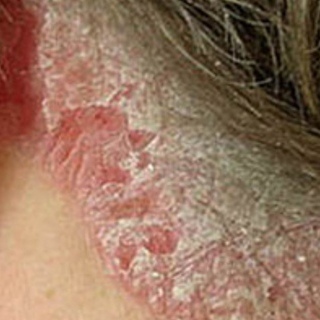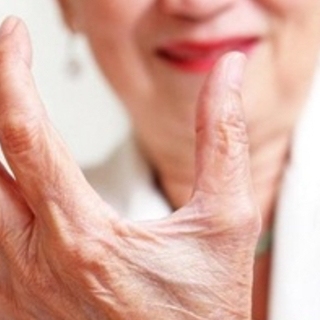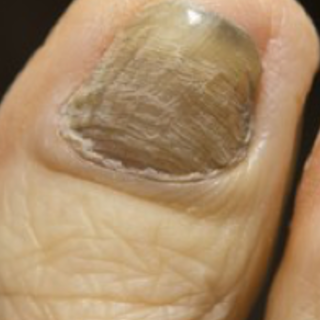Skin takes a lot of wear and tear, so it naturally regenerates itself. Every 35-45 days the outer layer of the skin, the epidermis, is completely replaced. Since skin pigment is found in this upper layer, any natural or added pigment will be sloughed away in about one month’s time. This is why natural tans fade and why many self-tanning products recommend you re-apply the product every few days to maintain your tan.
Self-tanning products, also called “sunless” tanning lotions, contain dihydroxyacetone (DHA), a colorless sugar that interacts with dead surface cells in the epidermis, staining the skin darker.
The effect is temporary, because as the dead cells naturally slough off, the color fades, disappearing within a week unless the lotion has been reapplied. That’s a lot more healthful than a suntan, however, because while suntans also start fading after a few days, the harm done to the skin is permanent.
Getting a suntan breaks down the DNA in skin cells, but using self-tanners causes no such damage. At worst, sunless tanning products present a minimal risk of irritant or allergic reactions.
1. Self-tanning takes time. Allow AT LEAST a half hour, although an hour would be best. But don’t be discouraged; it would still take longer to get the same amount of color from the sun and with self-tanners there is absolutely no risk of wrinkles, skin cancer, or sunburn!
2. Take a quick shower or bath (don’t soak) and exfoliate your skin, either with a washcloth or body scrub. Don’t overscrub, but do pay extra attention to your knees, ankles, feet, elbows, and neck. This will help achieve a uniform appearance since self-tanners grab on to dry surface skin cells, and you may have more dead, thickened skin cells in certain areas.
After showering and completely drying off, apply a thin layer of lightweight moisturizer over the areas where you will be applying self-tanner. This will help the self-tanner glide on without clinging to dry patches. A little extra moisturizer over ankles, knees, and elbows can prevent those areas from looking patchy.
I have seen some recommendations to mix self-tanner with your moisturizer, but I advise against this because it will encourage streaking (unless you can precisely mix them which isn’t easy) plus it will take longer for the self-tanner to absorb and dry.
Perspiration also will make self-tanners streak, so take a cool shower or bath to keep from sweating. Your skin must be completely dry to get the best results. Do not apply self-tanner in a steamy, hot bathroom or on a humid, hot day (unless your home is air-conditioned).
3. Ideally, you should apply the self-tanner while naked, but you can also wear an old bathing suit (one you don’t plan to wear outside) to help determine where you want your tan line to end.
Either way, have a game plan of where you want to stop and start the color. (Do you want tan armpits? What about places like your heels, hands, and ears?) Remember that self-tanners will stain clothing until they completely absorb into the skin and take effect on the skin cell.
Applying self-tanner on your back requires a friend with a helping hand, although you can use a long-handled paintbrush (note that this poses some issues of potential dripping and uneven application if you are not able to blend the product in).
Top 3 Tips To Great Tan!
The popularity of self-tanning products is surging, showing that Americans are wising up about sun safety. They’re putting their money where their skin is.








Comments
Leave A Reply